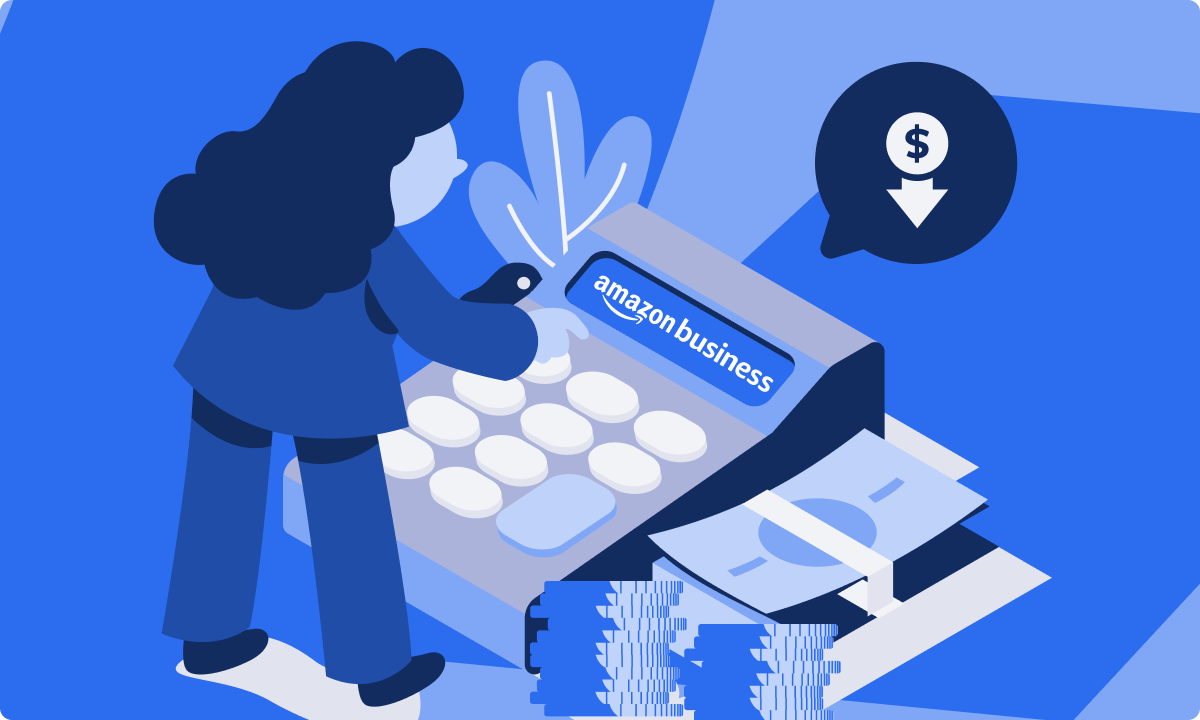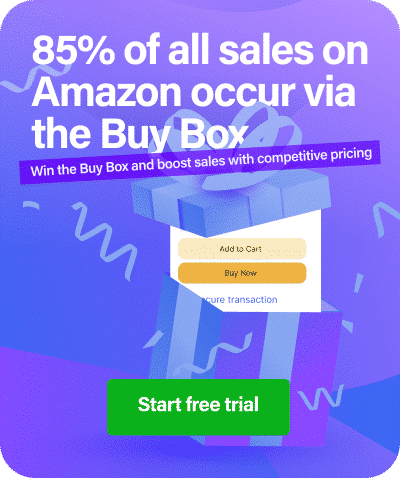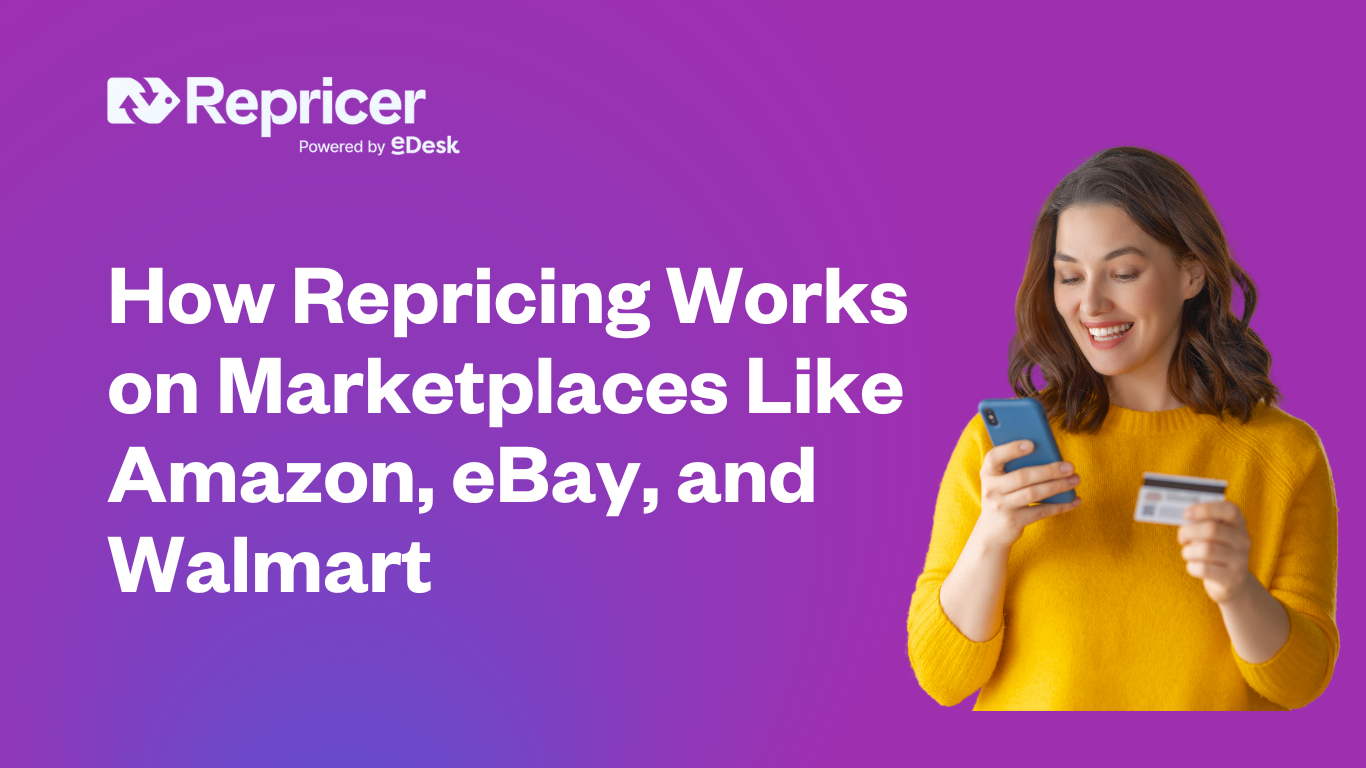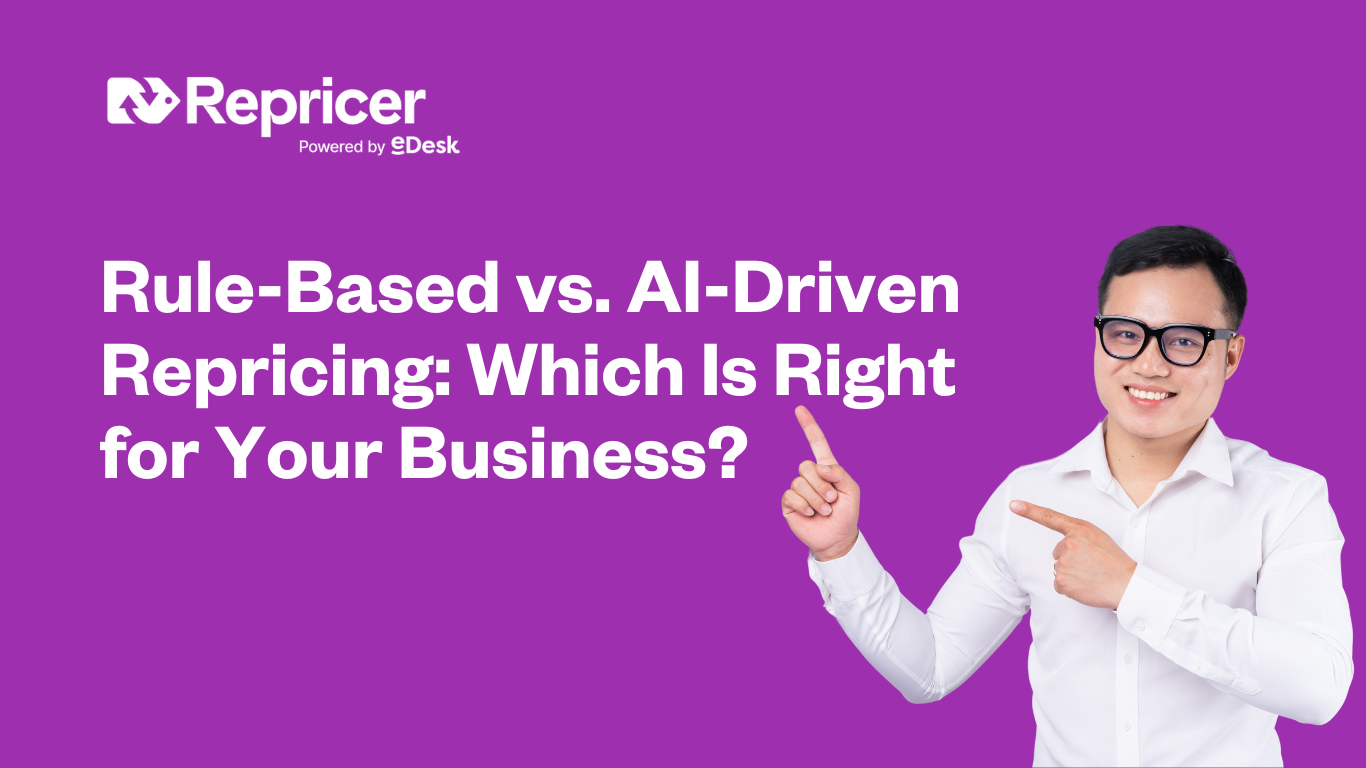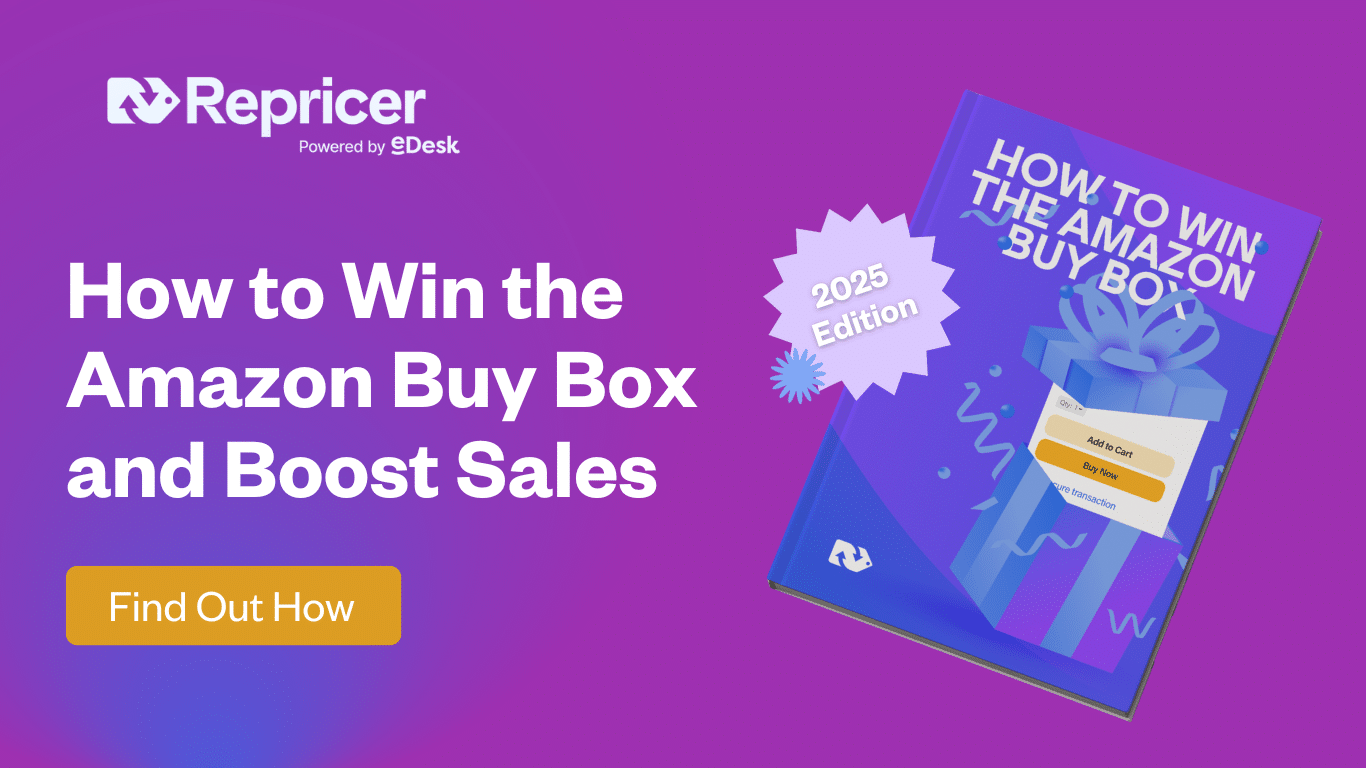Amazon Business recently announced that its B2B marketplace reached $35 billion in annualized sales last year. This makes Amazon Business one of the fastest-growing business ventures in the company’s history, with a customer base that includes 96 Fortune 100 companies and over 6 million business buyers worldwide.
Given the platform’s massive growth, it’s no wonder that so many B2B eCommerce companies are turning to Amazon to grow their customer base. Of course, with hundreds of thousands of sellers competing for business, you need to stand out to win.
One way to become a competitive seller on Amazon Business is by experimenting with tried-and-true pricing strategies. We’ll explore five of those strategies, but let’s first cover some Amazon fundamentals, including the pricing and payment options you can offer your business buyers.
NEW AND IMPROVED: Sell to more business buyers with Repricer for Amazon Business
Amazon Business fundamentals
Amazon Business sellers use the same account and product information tied to their B2C storefronts, making it easy to manage discounts, inventory, and sales data. All B2C listed products are available through Amazon Business, but not all are optimized for high-quantity purchases.
Every business customer is verified by Amazon, and the platform allows sellers to reach 6 million—and growing!—B2B customers by catering to their specific needs.
Amazon Business is currently available in the U.S., UK, Canada, Germany, France, Italy, Spain, Japan, India, and Mexico (at the time of publication).
Special business pricing
One thing that separates Amazon Business from its B2C marketplace is the ability to offer special pricing to B2B buyers. B2B sellers on Amazon Business can offer the following pricing options.
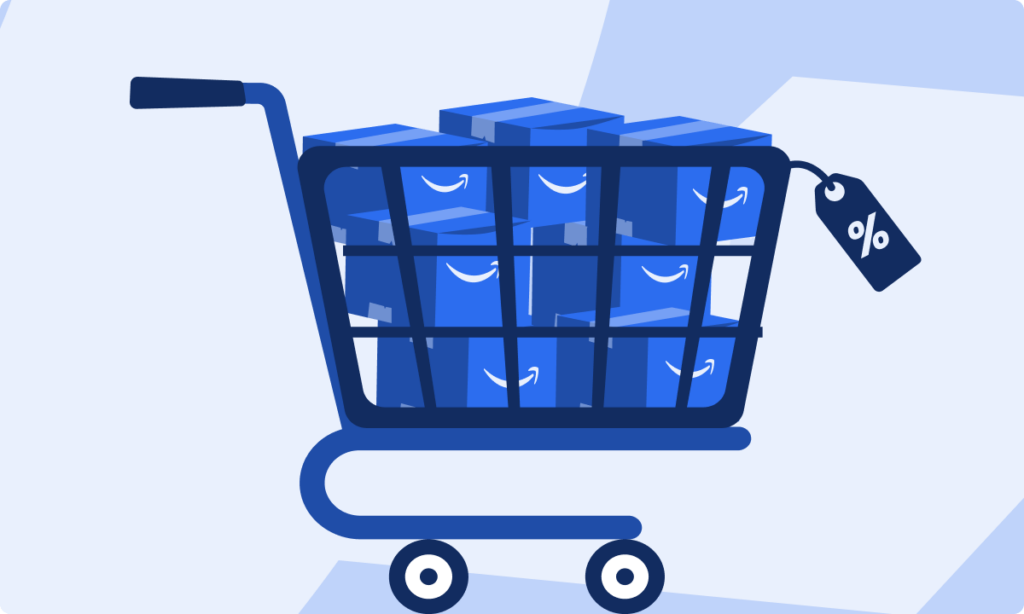
- Special business pricing: Offer global discounts for all B2B buyers, set as a percentage discount off a base price
- Bulk discounts: Set discounts for bulk purchases, with price breaks at whatever quantities you specify
- Negotiated pricing: Give business buyers the option to negotiate pricing by featuring a special “Make an Offer” button at the top of your page
Note that Amazon doesn’t force you to offer any discounts, but using business discounts strategically can help you attract more B2B customers and earn repeat business.
Special payment options
B2B buyers often demand a variety of payment options beyond credit cards. Amazon Business gives sellers the freedom to support multiple payment options, including the following:
- Payment by invoice: Bill them now and receive payment later, according to your terms
- Installment payments: Bill clients and have them pay over time
- Business checking accounts: Clients link checking accounts to make direct payments
As with discounted pricing, the payment methods you offer are at your discretion.
B2B eCommerce pricing strategies
Pricing is one of the most important elements of your marketing mix, as it’s deeply tied to the basic economic principle of supply and demand.
82% of buyers say that price is an important factor. Now, that’s not to say the lowest price always wins the sale—there are many factors at play—but consumers are constantly evaluating the price they’re willing to pay for a product compared to the value they hope to receive. Intelligent pricing strategies take all this into account.
What follows are five major pricing strategies for product sales, with a special focus on how they apply to B2B eCommerce sales on the Amazon Business marketplace.
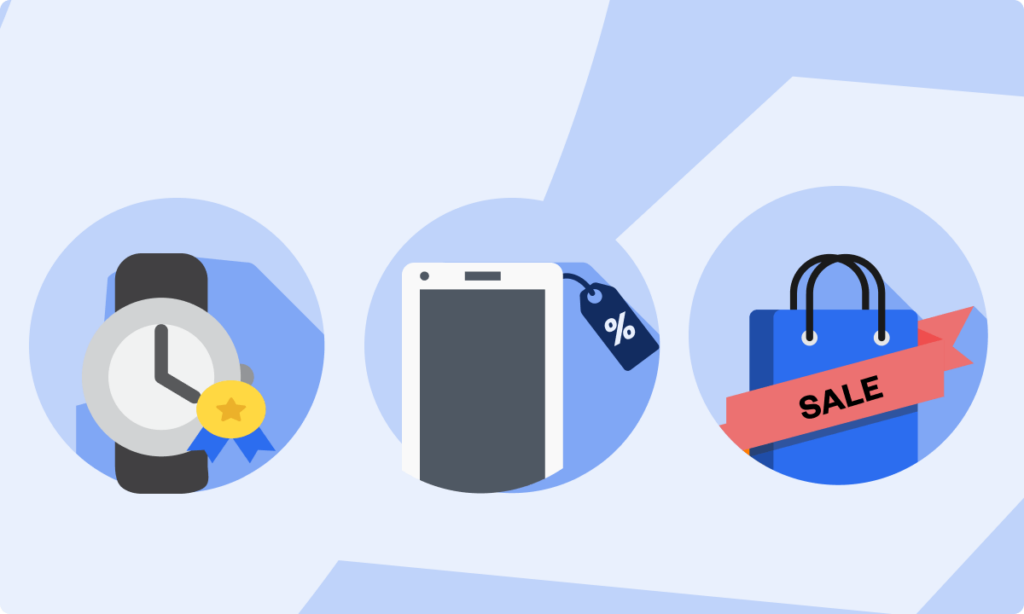
1. Value-based pricing
Rather than aiming to be the low-price leader, a value-based pricing strategy offers high-quality products that distinguish themselves in the marketplace. Customers are willing to pay more for these products if you can clearly communicate the benefits they bring compared to lower-priced alternatives.
B2B sellers can often command higher prices for products that:
- Use superior, durable materials
- Offer attractive design and packaging
- Come with excellent customer service
- Feature a respected brand name
- Attract positive reviews and high ratings
- Are manufactured using sustainable processes and eco-friendly materials
Value-based pricing can be particularly effective in B2B sales, used by 39% of businesses. Sure, B2B buyers want a bargain when they can get one, but often their jobs depend on choosing quality products. Professional buyers typically take more time to research their options compared to retail buyers, especially when they’re making a large purchase or buying in bulk.
What makes value-based pricing work? Clear communications about your product’s quality and why it stands out are key. On Amazon, competitor products are just one click away, so make sure the higher-priced products you sell demonstrate why they’re better than cheaper alternatives. Working to build and secure excellent reviews will help as well since people will pay more for products and businesses that have higher ratings.
2. Competition-based pricing
Competition-based pricing is the opposite of value-based pricing. It’s all about savings, and the goal is to beat competitors solely on price. This strategy works best for commodities—those items that are roughly the same no matter who manufactures them.
Of course, it’s rarely that black-and-white. True commodities are raw materials like gold or rubber, but when it comes to even simple products like staplers or hammers, there’s usually some wiggle room for value-based pricing. Your goal as a seller is to find that balance between value-based pricing and competitive pricing.
What makes competition-based pricing work? The only way to increase your margins when competing on price alone is to reduce your expenses. That said, competition-based pricing usually isn’t an all-or-nothing endeavor. It’s all about finding a balance.
For companies planning to adopt a competitive pricing strategy, Amazon makes for an ideal sales channel since price-sensitive shoppers can easily compare costs for similar products. Just be sure to offer excellent service and on-time fulfillment because shoppers will often choose a higher-priced product if the reviews are significantly better.
3. Loss leader pricing
Loss leader pricing occurs when companies sell a product at a loss to attract buyers who will (hopefully) become regular customers. B2B businesses can use loss leader pricing on key products if they think it will draw customers who will make additional purchases and offer a high lifetime value.
Of course, you’ve got to be careful with loss leader pricing, since it could negatively impact margins in the long run. Plus, you might mistakenly establish yourself as a company that competes solely on price. As you raise those prices, your customers may become disappointed and turn to a competitor out of dissatisfaction.
What makes loss leader pricing work? Loss leader pricing is often best employed in the form of discounted sale prices. Make sure your customers know they’re getting a great, limited-time deal.
Loss leader pricing can grab the attention of price-sensitive Amazon Business buyers, but the challenge is to keep them coming back. Customers might not remember who they purchased from on Amazon, and getting repeat business is the whole point behind loss leader pricing.
You can encourage repeat business by offering subscriptions, providing excellent service and follow up, and using SD Retargeting to reach customers who have already purchased from you.
4. Price skimming
Price skimming is a strategy you’re probably already familiar with, whether you know it or not. Price skimming takes place when a company introduces a product at a higher price and then reduces that price over time.
If you’ve ever waited for the next version of an iPhone or Samsung to come out so you can buy the previous version at a lower price, you’ve responded to price skimming. It allows sellers to capture the segment of the market that is willing to pay more for a cutting-edge product, and then (eventually) win over the more price-sensitive buyers.
What makes price skimming work? Price skimming usually works with technology that is rapidly evolving, where a product loses value as new tech surpasses it. Price skimming won’t work so well with, say, paperclips—since paperclips haven’t changed much since 1867.
As an Amazon Business seller, you probably won’t employ price skimming unless you’re manufacturing a product and it’s truly novel—in that case, you can try a price skimming strategy when you launch. Amazon recommends using this strategy with caution, however, since you might upset early adopters if you decrease your price too quickly.
5. Dynamic pricing
Dynamic pricing means adjusting prices based on market conditions, including competitor pricing. This takes on a new dimension in the B2B space, as you’ve got to manage prices not only across multiple products, but across how many units a business buys in each sale.
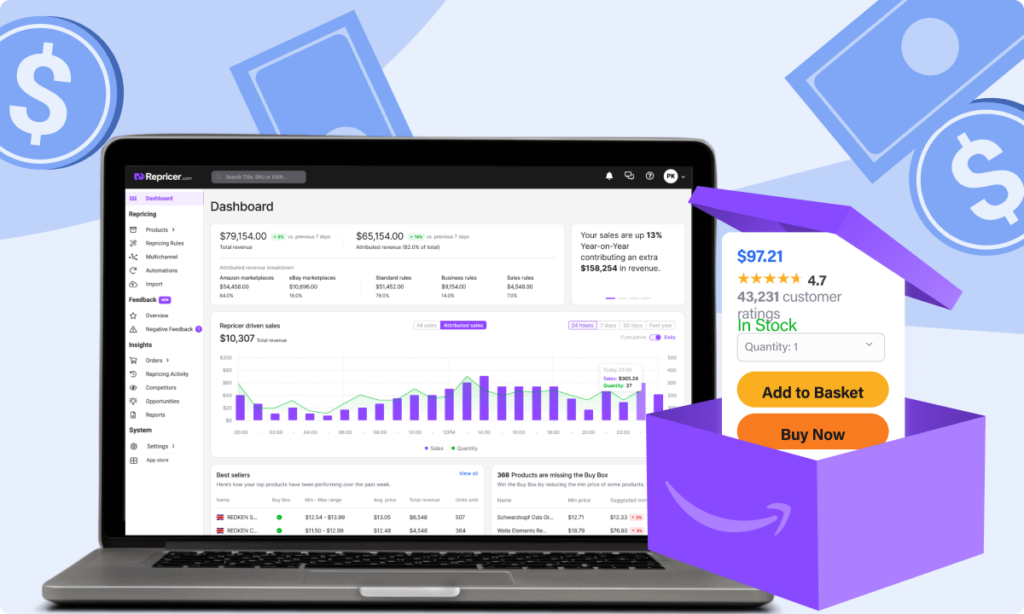
Full disclosure, that’s what we do here at Repricer. Repricer facilitates more than 4 billion Amazon price changes each week. Our new Repricer for Amazon Business suite helps you compete effectively, with tiered discounts for large order volumes, all the while safeguarding your profit margins on individual unit sales.
You set a base price on Amazon for each product you sell, along with a range for how high or low your price can go in response to competitor pricing.
Of all the pricing strategies we’ve explored, this is the only one that can be used with every other pricing strategy. And it should be used with every other strategy, because no pricing model is complete if it doesn’t consider competitor pricing and adjust to overall market demand.
In the past, dynamic pricing involved a great deal of manual number crunching, but today’s successful B2B sellers use software like Repricer that automates dynamic pricing by evaluating competitor prices across the Amazon Business marketplace.
Final thought
Successful B2B eCommerce sellers treat these strategies like a tool kit, using different techniques whenever it makes sense. The one constant, however, is dynamic pricing.
If you’re using a loss leader pricing strategy, for instance, dynamic pricing helps respond to shifting demand in real-time. Whether you’re trying to carve out a reputation for exceptional quality or aiming to be the low-cost leader, dynamic pricing helps you find that sweet spot where you’ll optimize sales without leaving money on the table.
To start today, try Repricer for free for 14 days. No credit card required:

